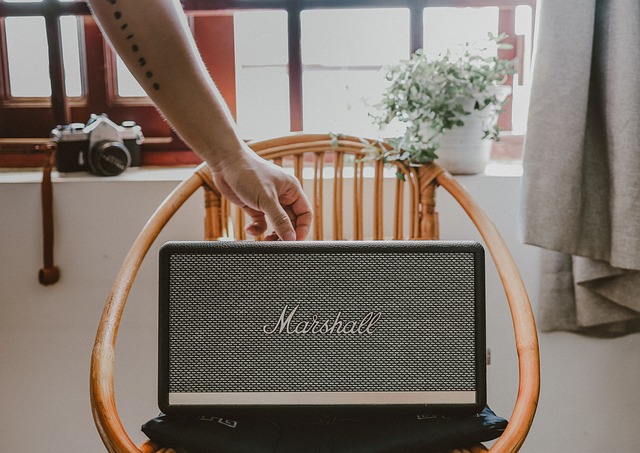Sound is an often underestimated element in creating the right atmosphere in a business setting. Whether it’s a bustling café, a serene office, or a dynamic retail space, the quality of sound can significantly influence the customer experience and even the productivity of employees. When it comes to enhancing this auditory environment, commercial speakers play a pivotal role.

The key to optimizing business sound lies in understanding the specific needs of the space. Every business has its unique requirements, and the audio setup must align with the intended purpose. For instance, in a restaurant, the goal might be to create a warm, welcoming ambiance where background music plays softly, allowing diners to converse easily. On the other hand, a retail store might aim for a more vibrant atmosphere with upbeat music that energizes customers. This is where the choice of commercial audio speakers becomes crucial.
Selecting the right speakers is not just about filling a space with sound. It’s about choosing a system that delivers clarity, balance, and the right volume levels to suit the environment. One of the first considerations should be the size and layout of the space. A large, open area will require a different setup compared to a smaller, more intimate setting. The placement of speakers also matters, as strategically positioning them can help distribute sound evenly across the entire space.
Another aspect to consider is the type of audio content that will be played. Music, announcements, or a combination of both? Each type of content may require different speaker capabilities. For example, a system designed to play soft background music might not perform well if suddenly tasked with delivering clear and audible announcements in a noisy environment. Therefore, understanding the primary function of the commercial speakers is essential in making the right choice.
Acoustic considerations also come into play. The materials used in the construction of the space can affect sound quality. Hard surfaces like glass or concrete can cause sound to bounce around, creating echoes that muddle the audio. In contrast, softer materials like carpets or curtains absorb sound, reducing clarity. Therefore, it’s important to take these factors into account when setting up commercial speakers, ensuring that the sound remains clear and consistent.
Maintenance and durability are other important factors to consider. Commercial spaces are often busy and can be tough environments for audio equipment. The speakers chosen need to withstand daily wear and tear, including dust, humidity, and the occasional accidental bump. Regular maintenance is essential to keep the system running smoothly. Ensuring that the commercial audio speakers are well-maintained will help in prolonging their lifespan and maintaining sound quality over time.
Installation is another critical aspect. Even the best speakers will not perform optimally if not installed correctly. It’s advisable to work with professionals who understand the nuances of audio setup in commercial spaces. They can ensure that the speakers are positioned to maximize coverage and minimize dead spots, where sound might drop off or become distorted. Proper installation also helps in avoiding issues like feedback or interference, which can disrupt the audio experience.
While it might be tempting to go for the most high-end audio equipment available, it’s important to consider the budget as well. The most expensive option is not always the best fit for every space. The goal is to find a balance between cost and quality, ensuring that the chosen commercial audio speakers deliver the desired sound experience without breaking the bank.
In conclusion, optimizing business sound is a process that requires careful consideration of several factors, including the type of space, the intended audio content, and the budget. By choosing the right commercial speakers, businesses can create an environment that enhances the experience of customers and employees alike. Sound is more than just a background element; it’s a crucial part of the overall atmosphere, and with the right setup, it can significantly contribute to the success of a business.
